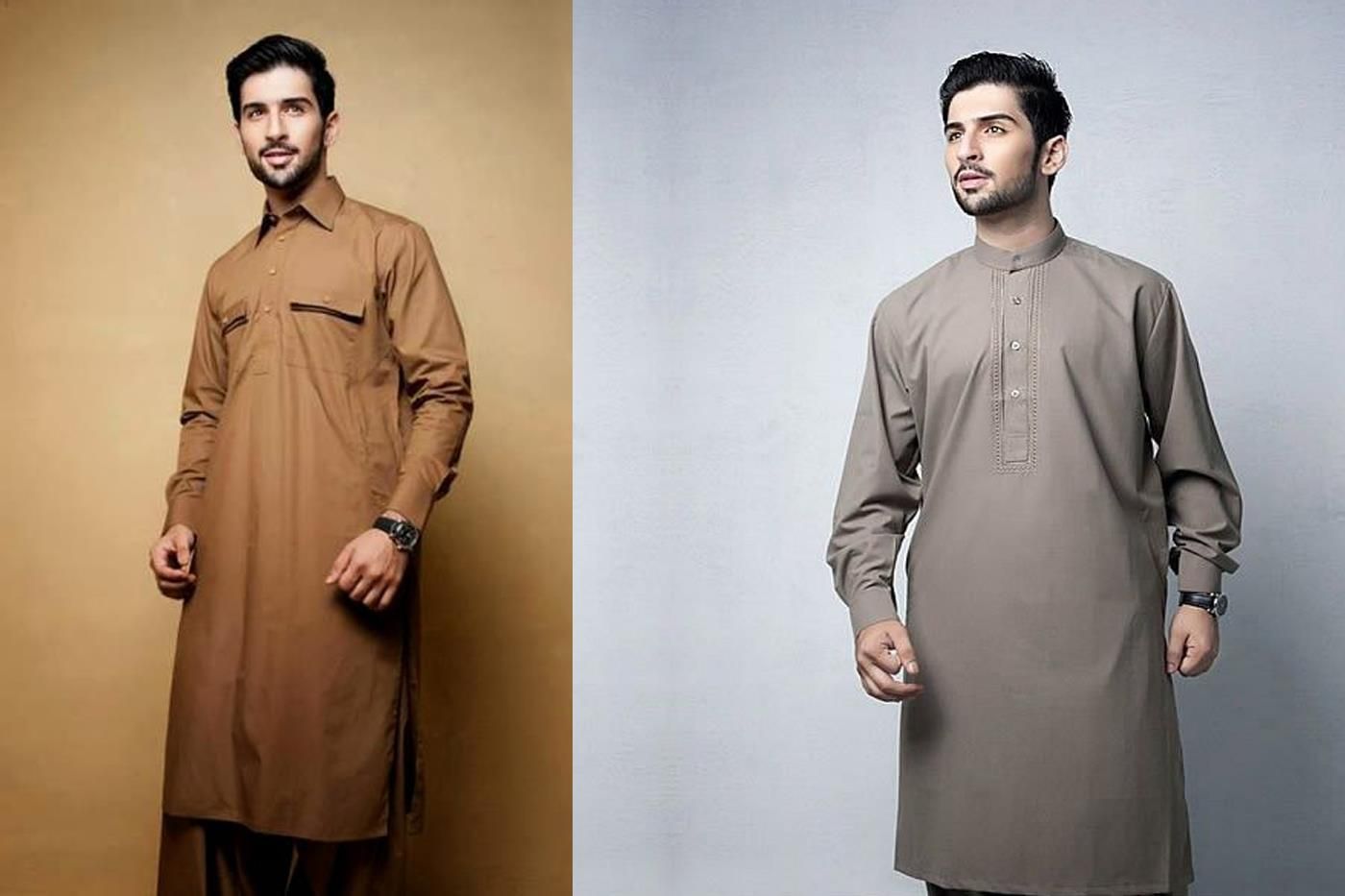How Much Does An Average Pakistani Spend On Clothes?

Pakistani clothing looks bright and opulent, so many people imagine that people from the country spend enormous sums of money on clothing.
However, that’s not actually the case. The price of Pakistani clothing is much lower than you might think, thanks to new production techniques that help to bring the cost down. Even elaborate wedding dresses and Pakistani men clothes which look expensive actually come in at remarkably low cost.
Average spend on clothes
How much the average Pakistani spends on clothes is reflected in the price of garments on sale on clothing websites. Figures are lower than you might think. For example, you can buy a Pakistani wedding dress for as little as $56 (£41). You can also buy men’s clothing, such as kurtas, for just $30 (£22).
Pakistanis, therefore, are prepared to spend a little bit of money on clothing. However, in return, they get quality garments designed to stand the test of time.
Pakistani clothes – particularly the traditional variety – are not amenable to cost-cutting in the usual way. Many feature complex patterns and hemlines necessitating quality craftsmanship and exceptional stitching. While machines are able to do some of the work, they can only bring costs down so much. Therefore, Pakistani clothing could be described as excellent value, but not necessarily ultra-cheap. Getting the quality right still requires some investment.
Why Pakistanis are spending more on clothes
In recent times, Pakistanis have been spending more on clothing. But it’s not just to do with general price rises. Instead, it seems to be related to rising incomes. Pakistan is gaining greater wealth every year and, within the span of a few decades, may begin to approach Western disposable income levels. With a growing middle class, people in Pakistan are spending more on clothes than ever before. This process, in turn, is fuelling the growth in store revenues, even more, encouraging greater spending across the rest of the economy, leading to a virtuous cycle.
Data suggest that spending on clothes and footwear rose by around 7.2 percent per year between 2002 and 2011. Prices did not rise as fast, meaning that the average household was actually spending significantly more on clothes at the end of the period compared to the beginning.
Pakistani clothing companies have also seen their profitability soar in recent years. According to data from the Karachi Stock Exchange, clothing manufacturer market capitalization rose by a staggering 29 percent per year over the last decade, with export sales growing by around 22 percent per year.
There are also changes in consumption patterns. Pakistanis are increasingly opting for ready-made clothing over tailored clothing. In the past, tailored clothing was fashionable, but it was also extremely expensive. Many younger Pakistanis are responding to the lower prices of new clothes and preferring the convenience of buying off the rack.
In summary, the average Pakistani spends a moderate amount of money on clothes. However, the price of traditional garments is still much lower than many people expect.

